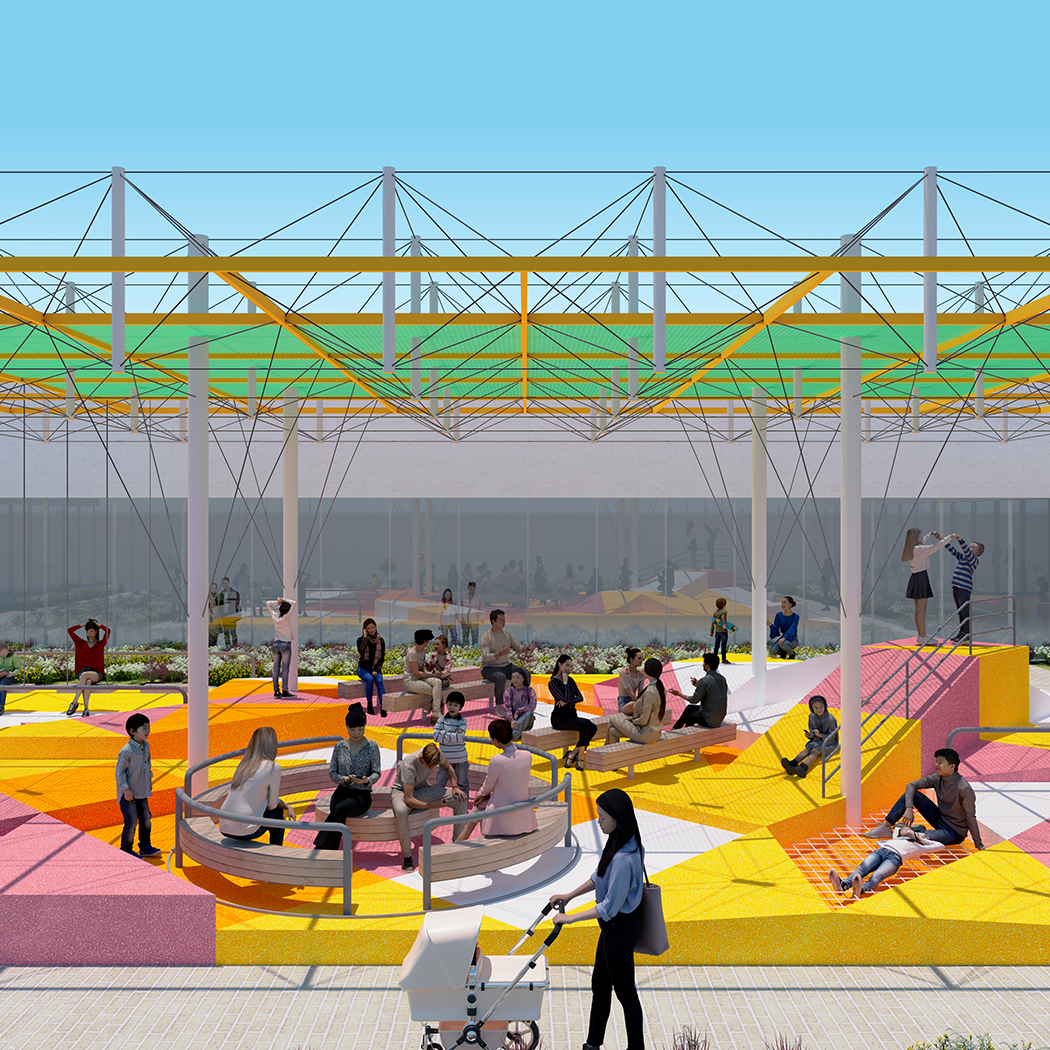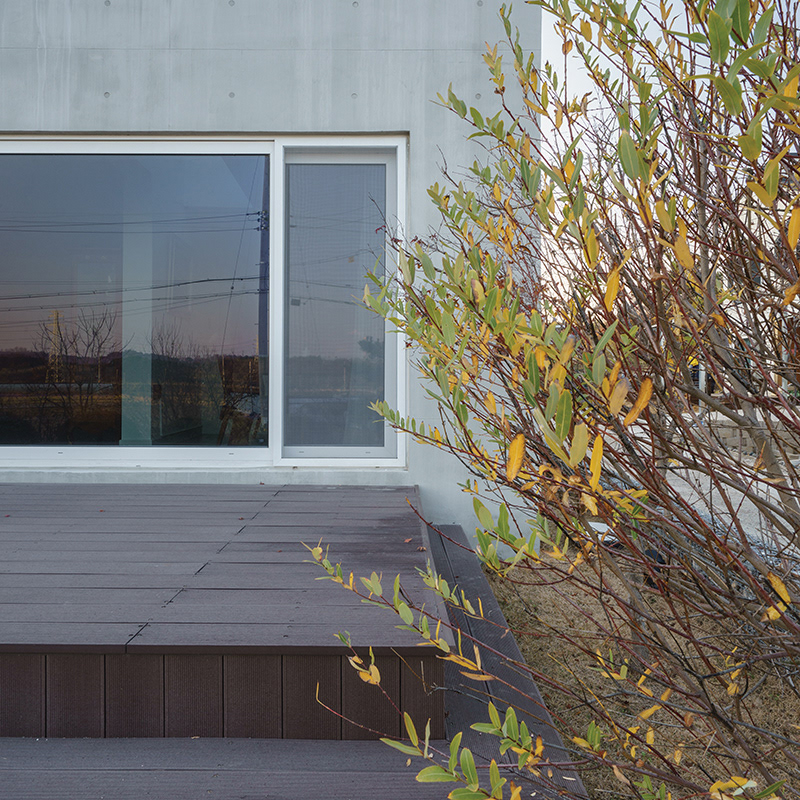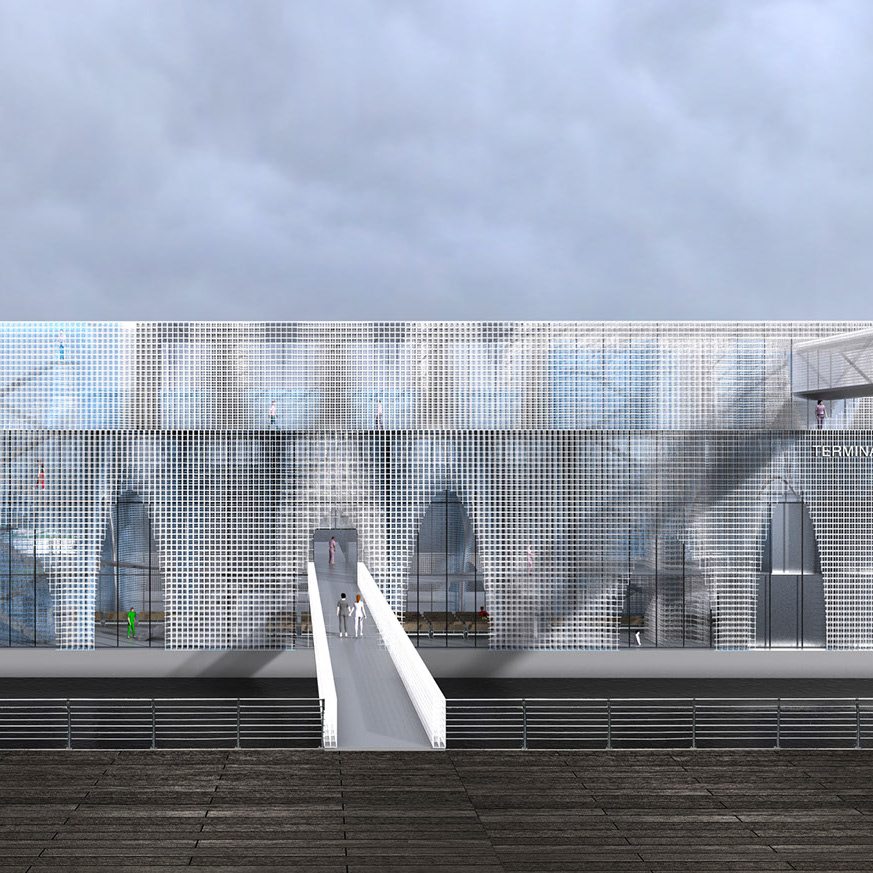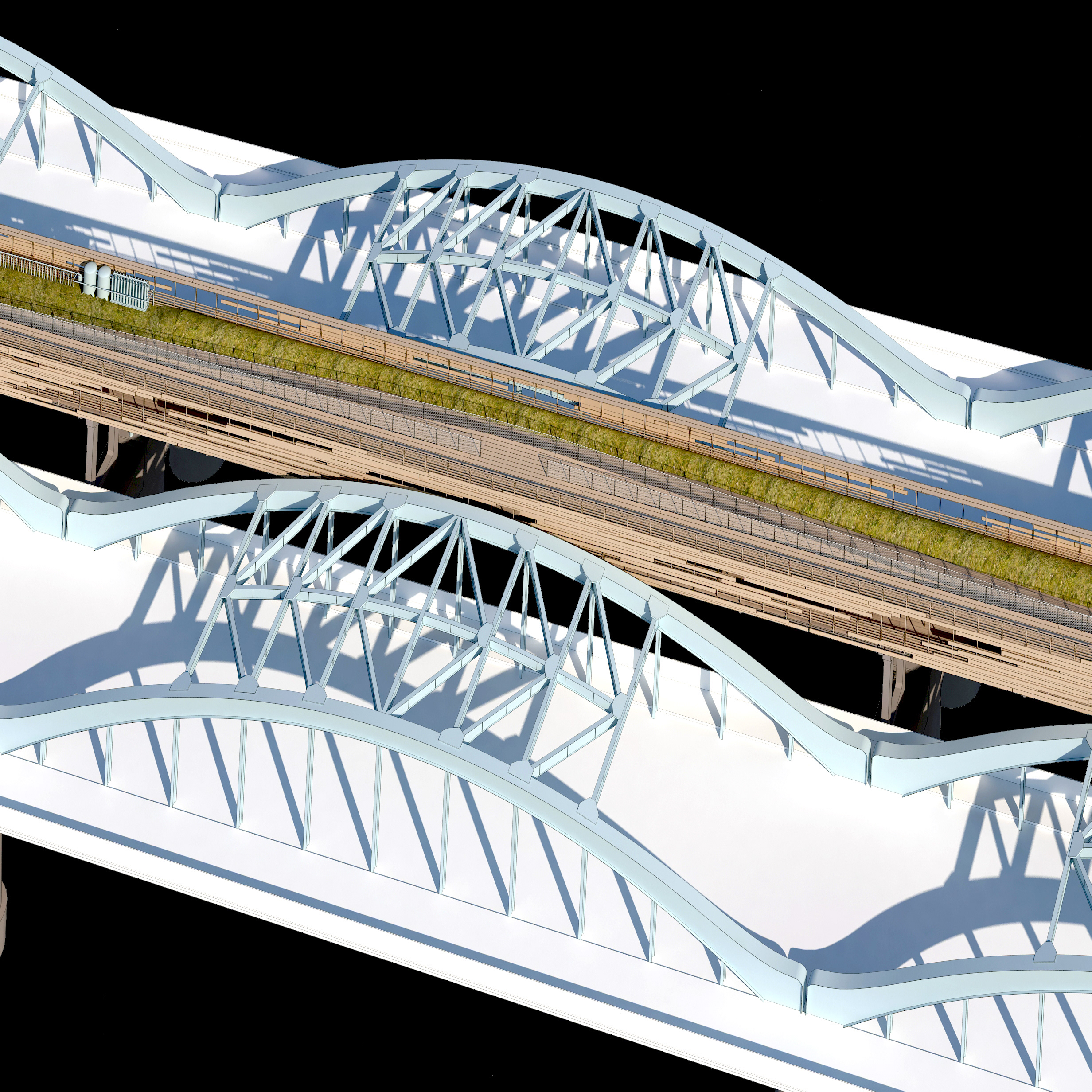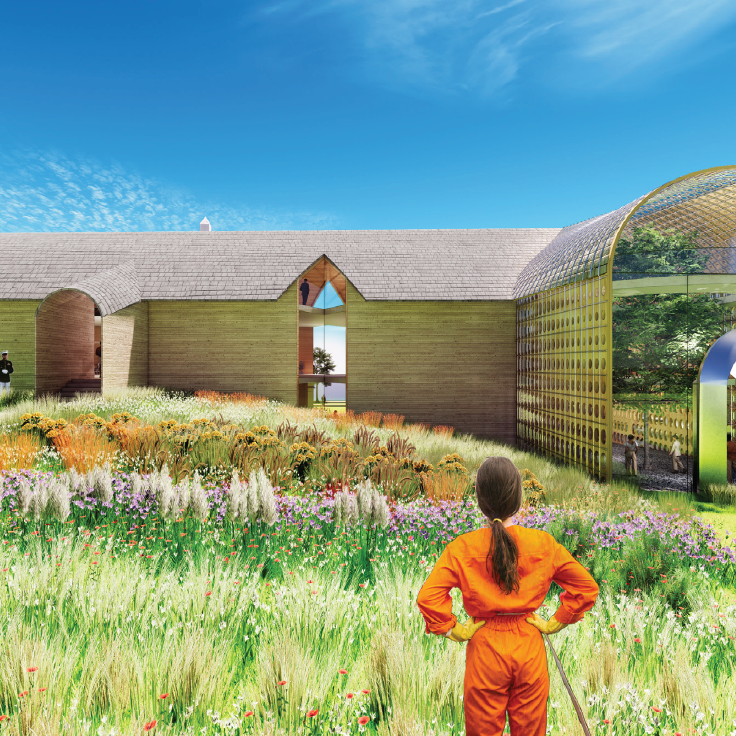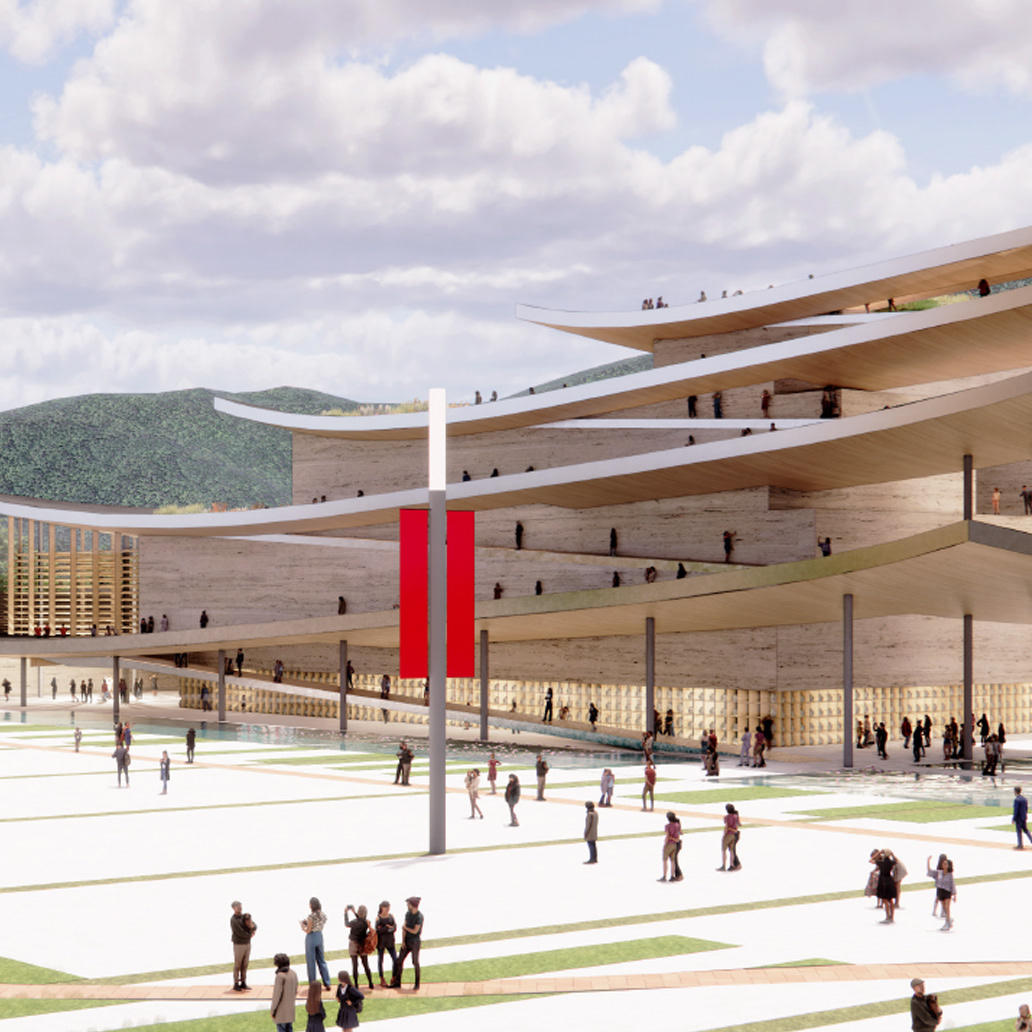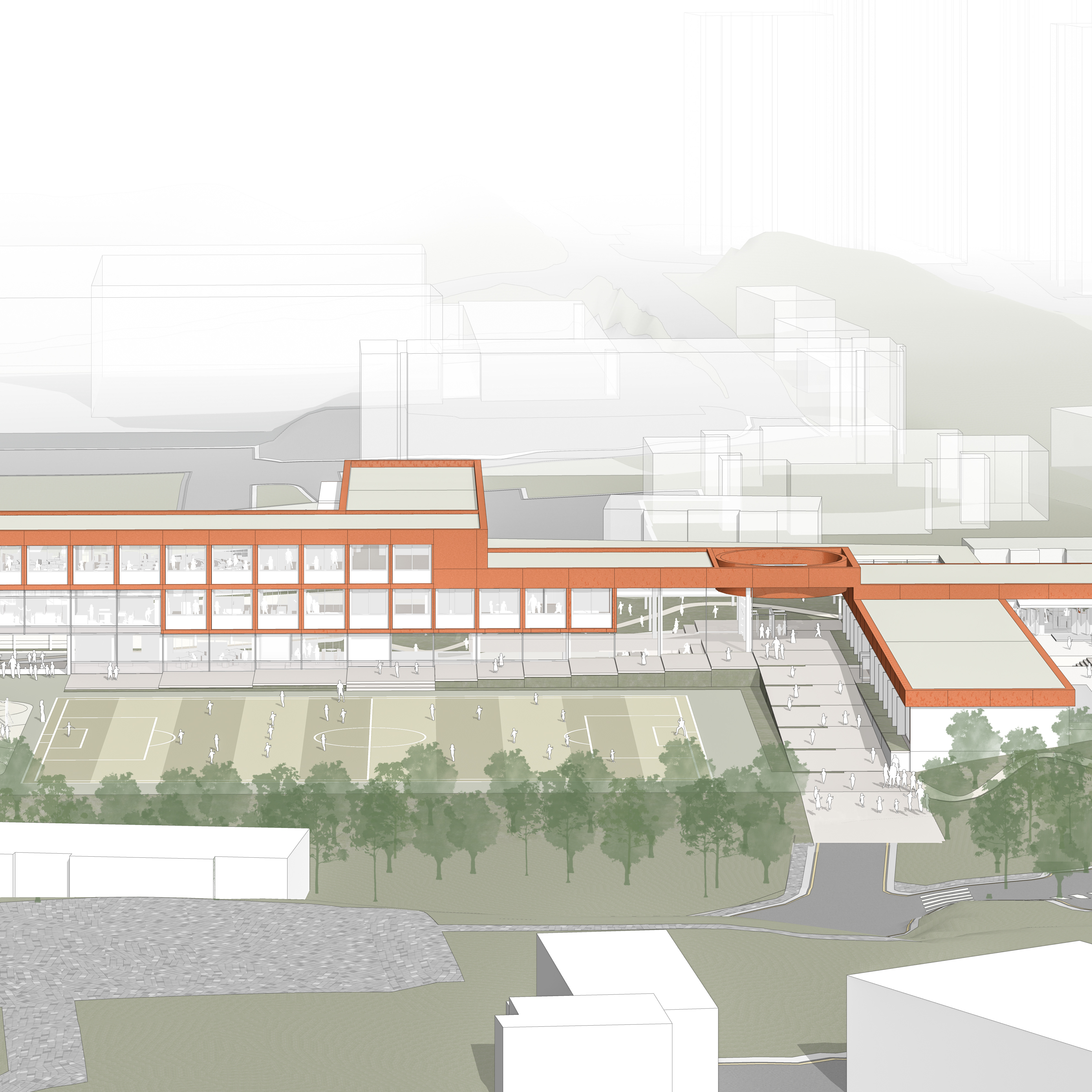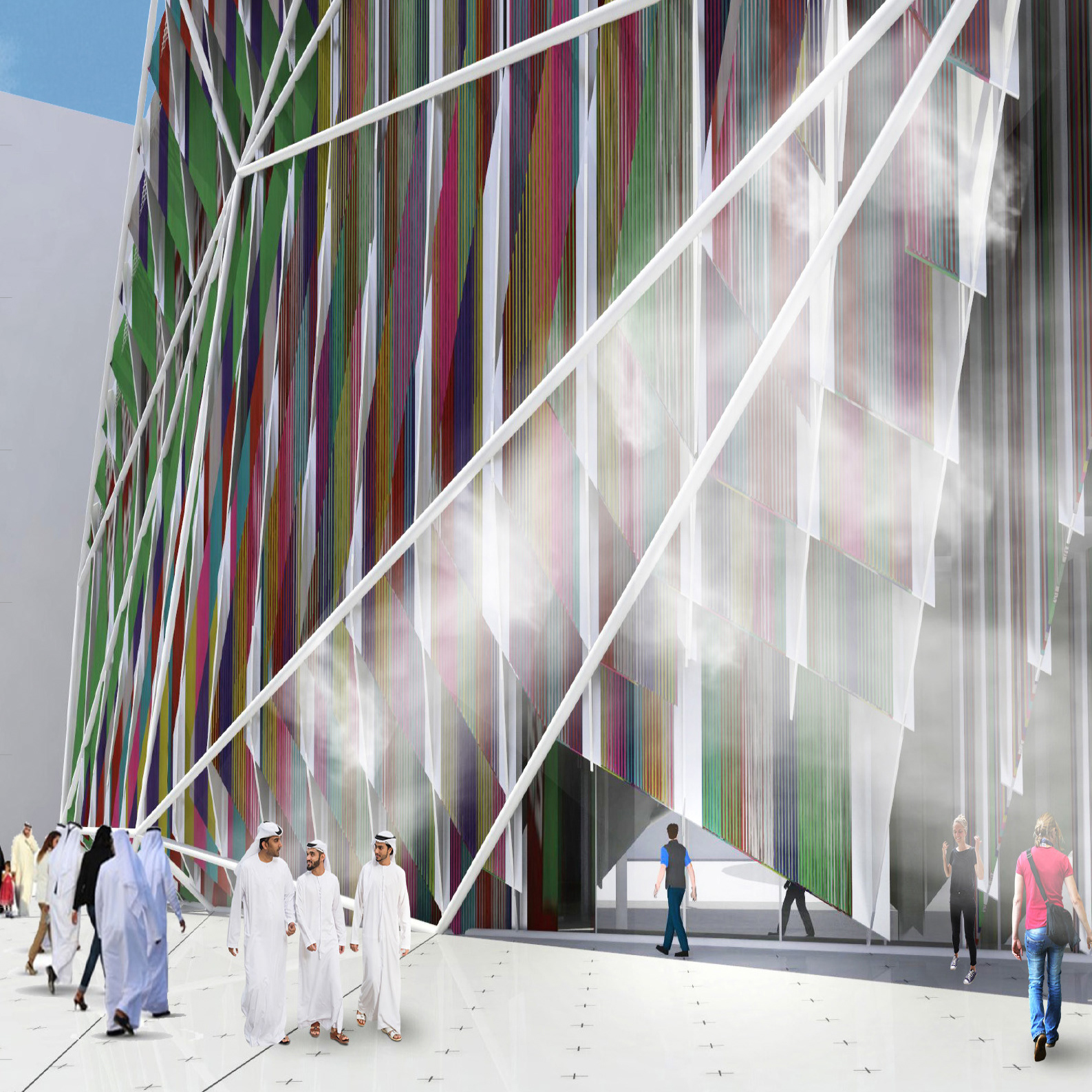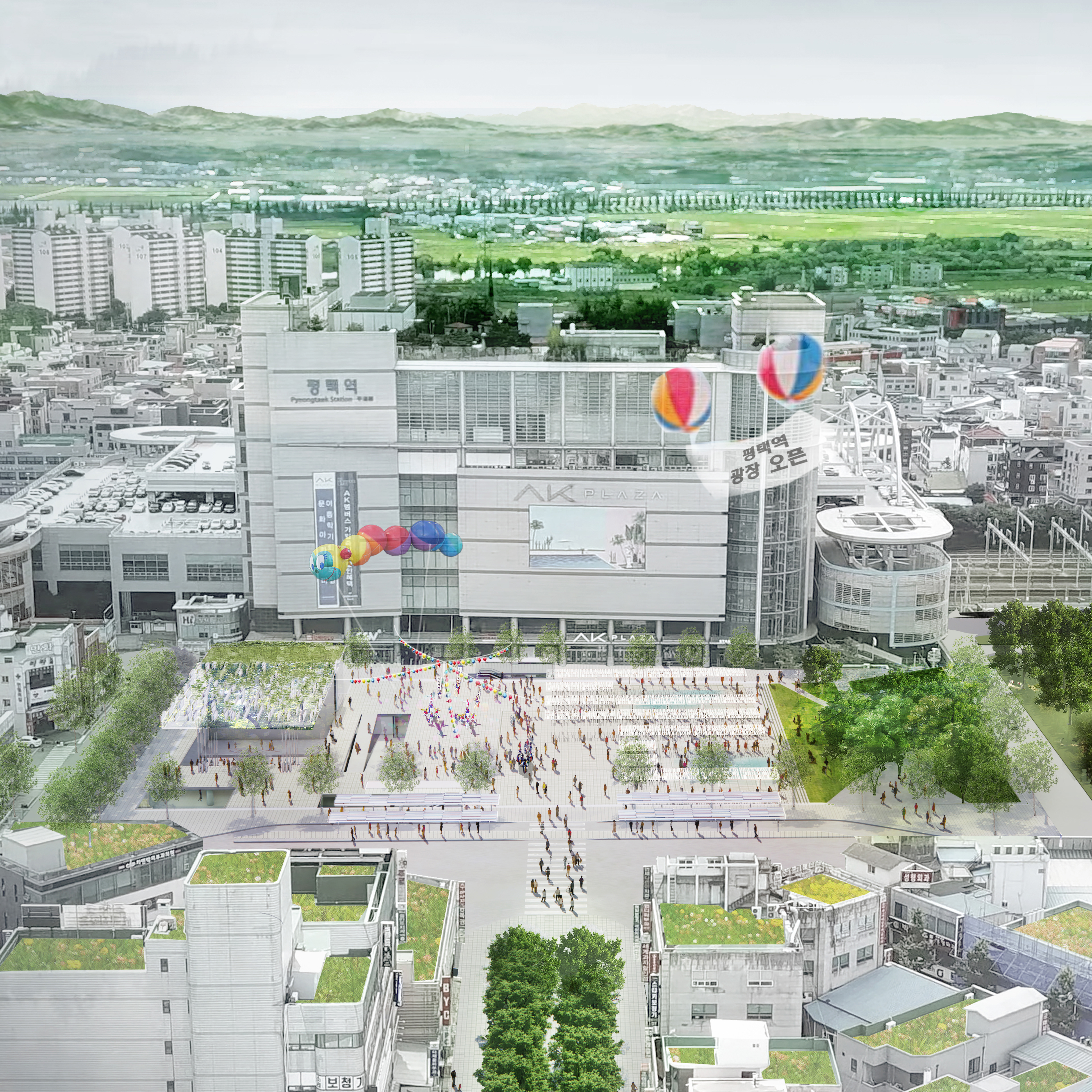Brick by brick. Some men pushed it with what looked like long pillars. Some kids sat on top, waving. We’d been told families had been divided – crossing the city to work or shop – caught on the wrong side when the wall went up. And that was that. People lived and died, and married.
How strange to see them walking, on TV, through the empty air - what had been solid - stuperfied, astonished...
How they touched the faces of their loved one’s and ran their hands over their heads and hair.
How they touched the faces of their loved one’s and ran their hands over their heads and hair.
Marie Howe, poet
New York Times op-ed, Nov 8th 2009
20th anniversary of the fall of the Berlin Wall
In 1961, the Berlin Wall divided German territory and was reunifi ed in 1989. Today, only a double width line of running bond cobblestones remains in place of where the Berlin Wall once existed. A connected country is separated abruptly and is again connected. This is the site where a scar has been healed, bound to be fi lled with traces of achievements, struggles, and affairs of which have unfolded without the anticipation for reunification with political, economic, and cultural impacts. This scar is deep for it amounted 29 years of separation.
In the contemporary context, the site has been playing a signifi cant role in naturally transforming the urban atmosphere between modern monuments, such as the Monument to the Murdered Jews of Europe, and large green spaces, such as the Großer Tiergarten. This proposal is an attempt at reconciling both extremes of the spectrum through transformative space formed by a continuous open and closed architectural system.
A connection can represent fundamental desire for moving and networking. Separation can be translated into a boundary for control. A repetition of an integrated wall and roof system, which starts from the cobblestones of a memorial to the Berlin wall, creates not only a contained space, but also corridors, which is crucial for mediating a polarized urban context.

